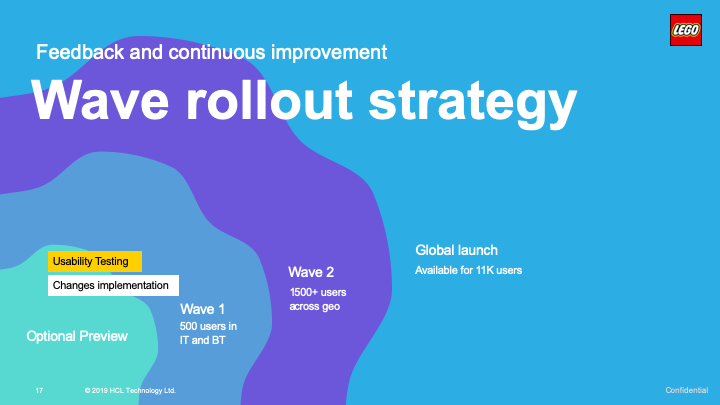


We know how important an Intranet is for an organization. Intranet for employees is the prime source of information regarding corporate agenda and updates. It also serves as home for providing access to different business sites, enabling service portals, people, processes, and departments. Imagine if this doesn't serve its purpose properly...
We were given the challenge to revamp the employee service experience and the intranet was the front door to diving into the world of a mess. A lot of issues were reported about the intranet, most of them were negative feedback and complaints. They were talking about:
This was also reflecting in yearly satisfaction survey and benchmark report.
We started by digging deep into the historical research and feedback data. Themes started emerging which were taken forward to begin the research. We conducted a survey to validate the themes followed by an initial round of interviews with some users. With some insights about the challenges, it was a perfect time for a workshop to align and kickoff the project.
Design workshop: Intranet is a platform owned by various departments, identifying and bringing stakeholders from these groups in one room is always a challenge. But we were fortunate to have such a supportive team, they came together. We understood the role of intranet for different user groups, defined it, and aligned on a common goal.
Representative users from different groups were involved in the workshop. It helped understand the mental model of users for the current state of intranet, their frustations, needs, and wants.

User group and Persona: With identified user groups we created five persona representing enablers, content creators, communication team, leadership, and creatives.

Interviews and feedback: Qualitative input from the users has helped dig deep to understand the root cause of the problem. For example, past experience with poor search results has developed distrust on the search and they ignore the feature even highlighted on the screen. Similarly, many of the users liked the current design and structure, simply because they are familiar with the interface and navigation.
Research helped us identify these focus areas of improvement:
We came across various challenges like managing independent contributor roles and maintaining consistency, platforms technical limitations on custom design, etc. We tackled them with different suited approaches.
A large section of users was involved in this redesign process one way or another. They were filling out surveys, sharing feedback through a form, or being interviewed. The design decisions were participatory and informed. Clear communication about the upcoming changes has reduced the initial rejection and helped in better adoption.

The new design was released as an optional preview as a first step, this helped capture the initial impressions and address obvious concerns that were missed. Later it was released to a pool of 500 users from a couple of departments. They provided great feedback and suggestion to improve. And finally, it was already a buzz among colleagues we had a smooth launch to everyone (13K users)
In very short span of 3 months, communication reach has improved by 50%, and user engagement is improving as content is now mobile accessible. A great user satisfaction score in the IntraTeam survey has put our intranet ahead of 50 other intranets in the EU, and it was awarded as the best Intranet in the IntraTeam event 2020.🙂